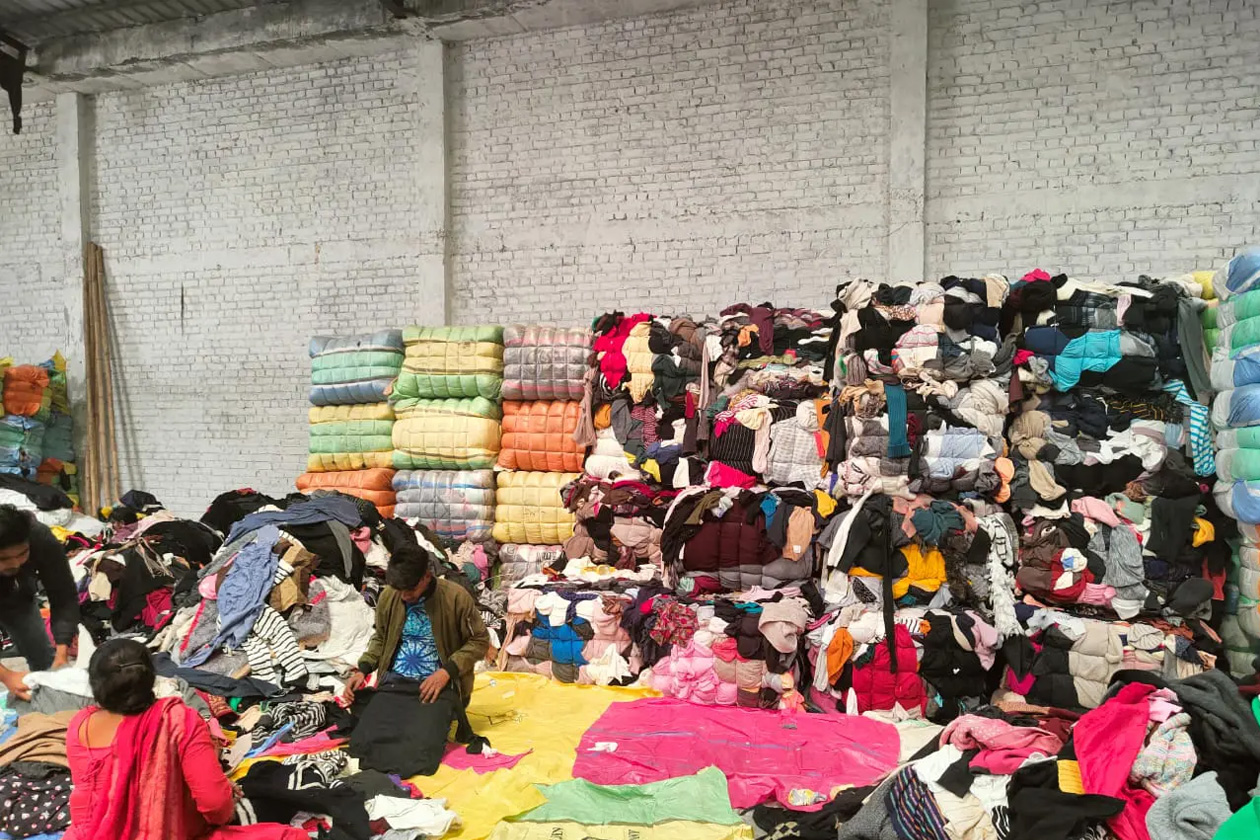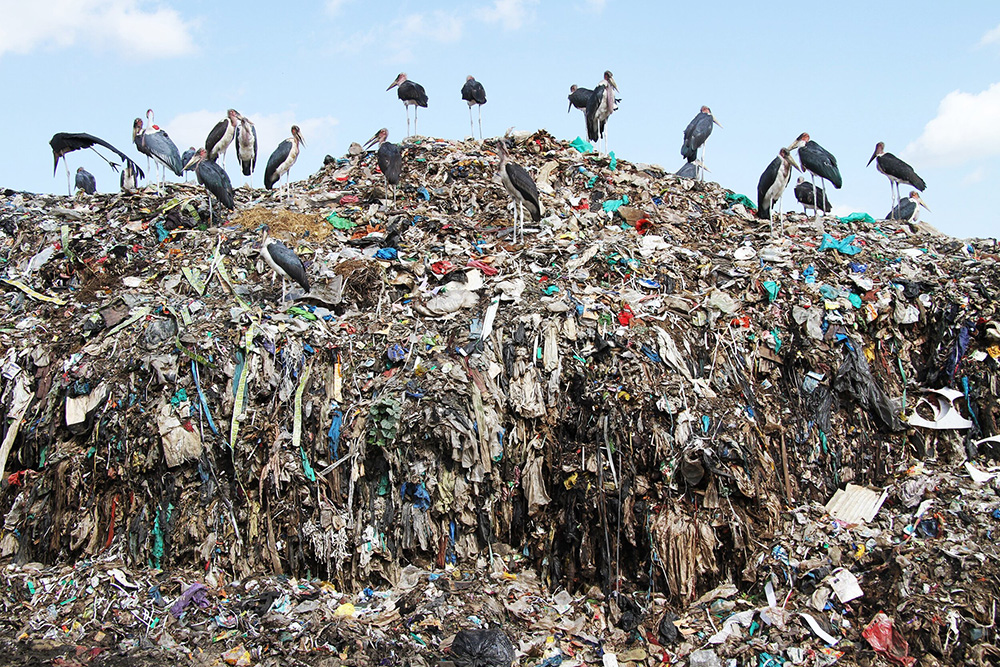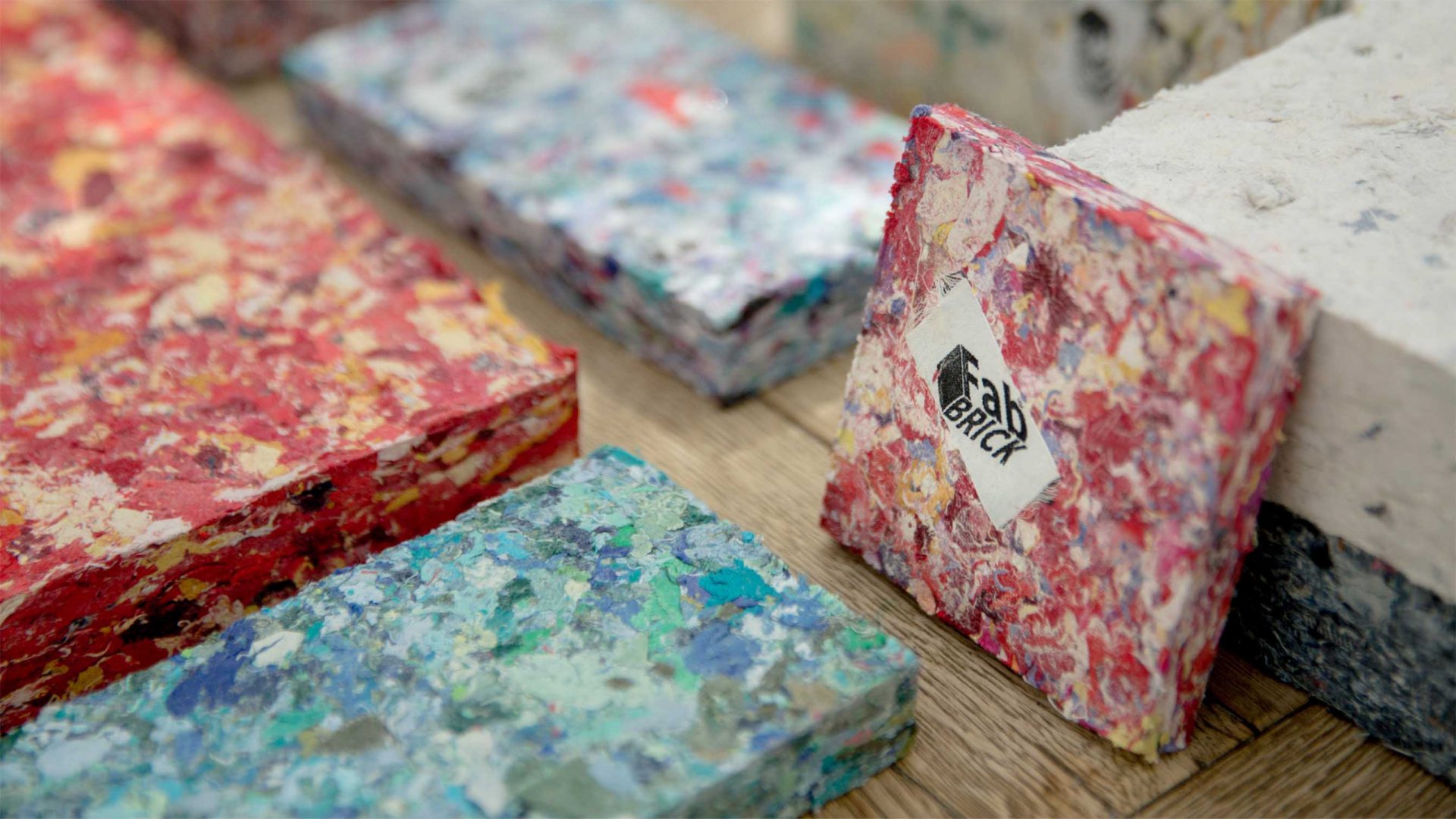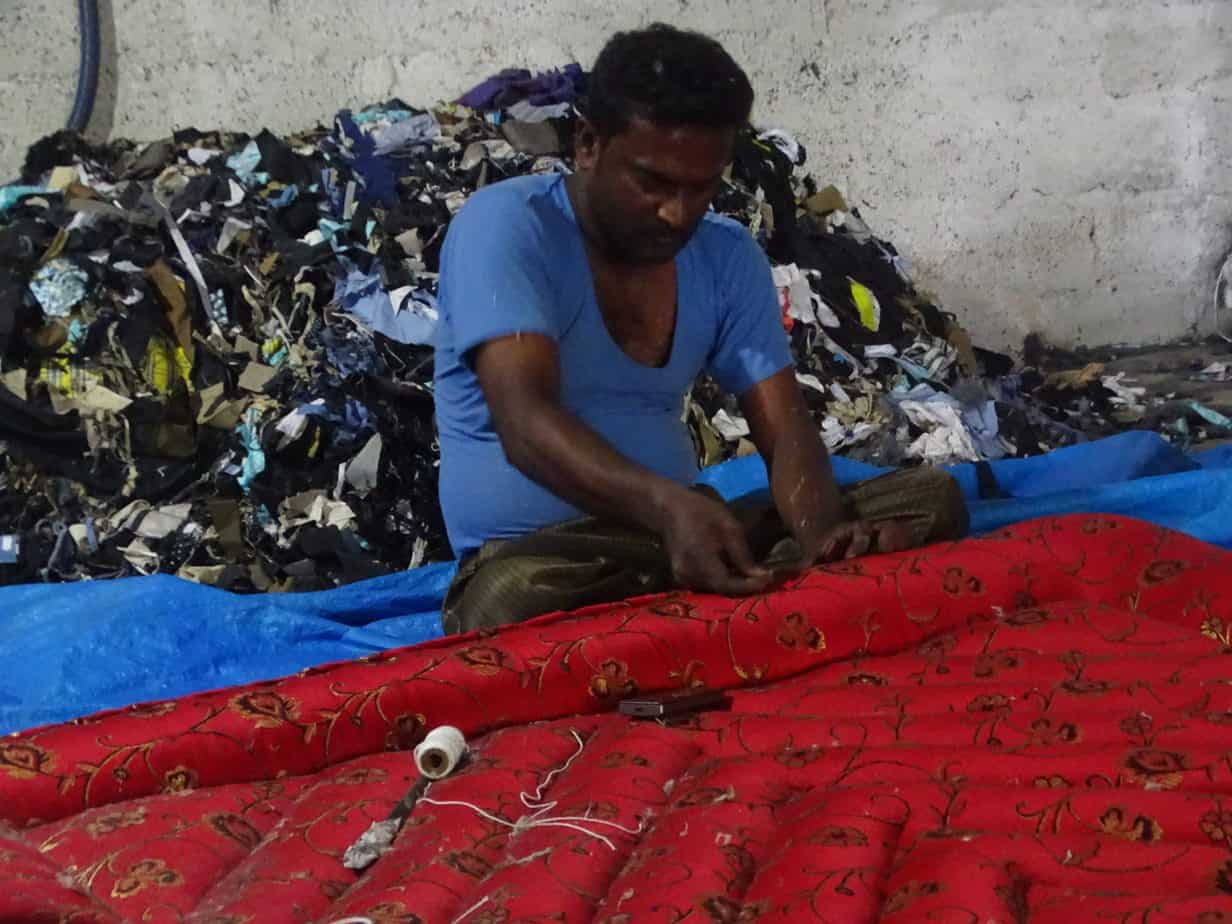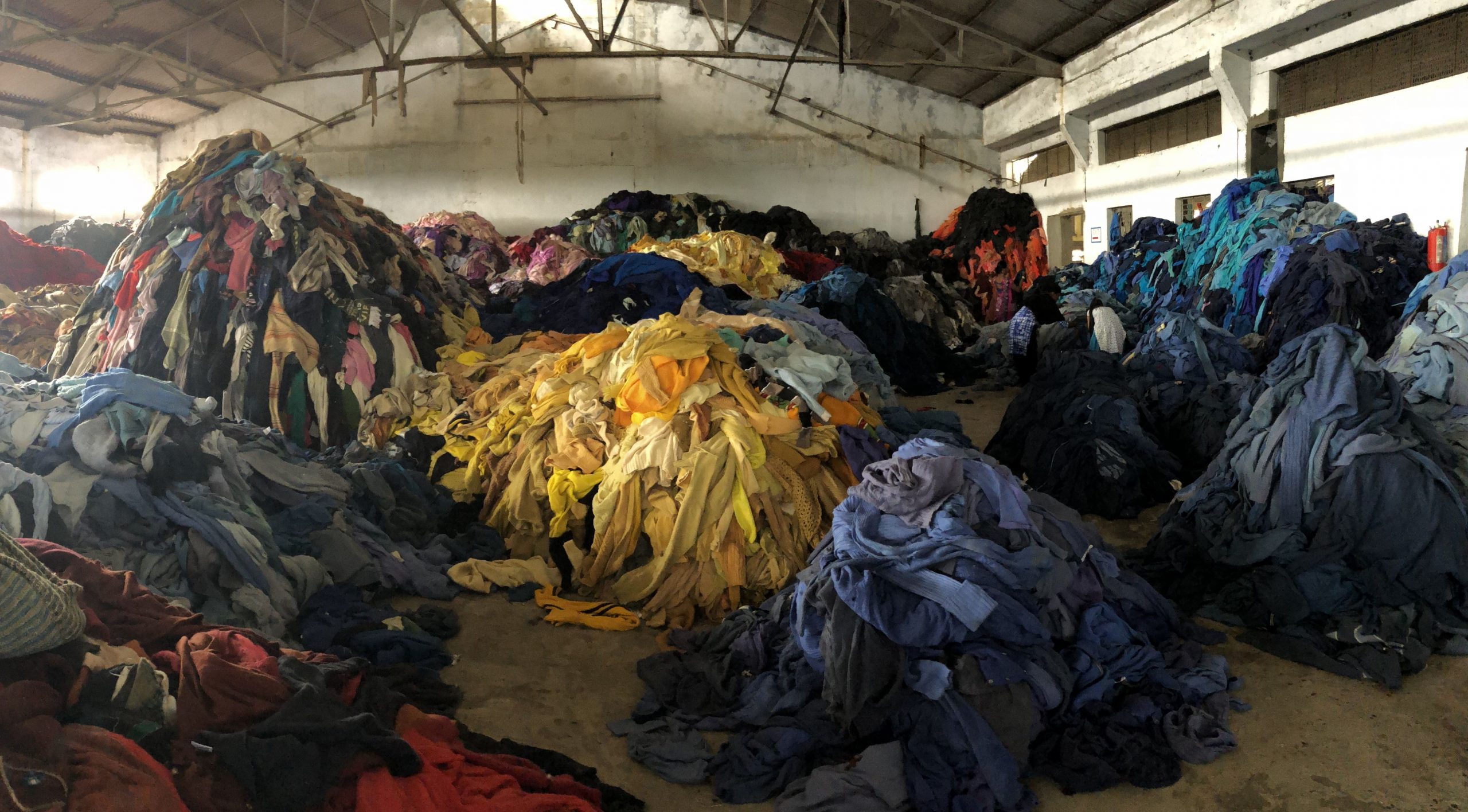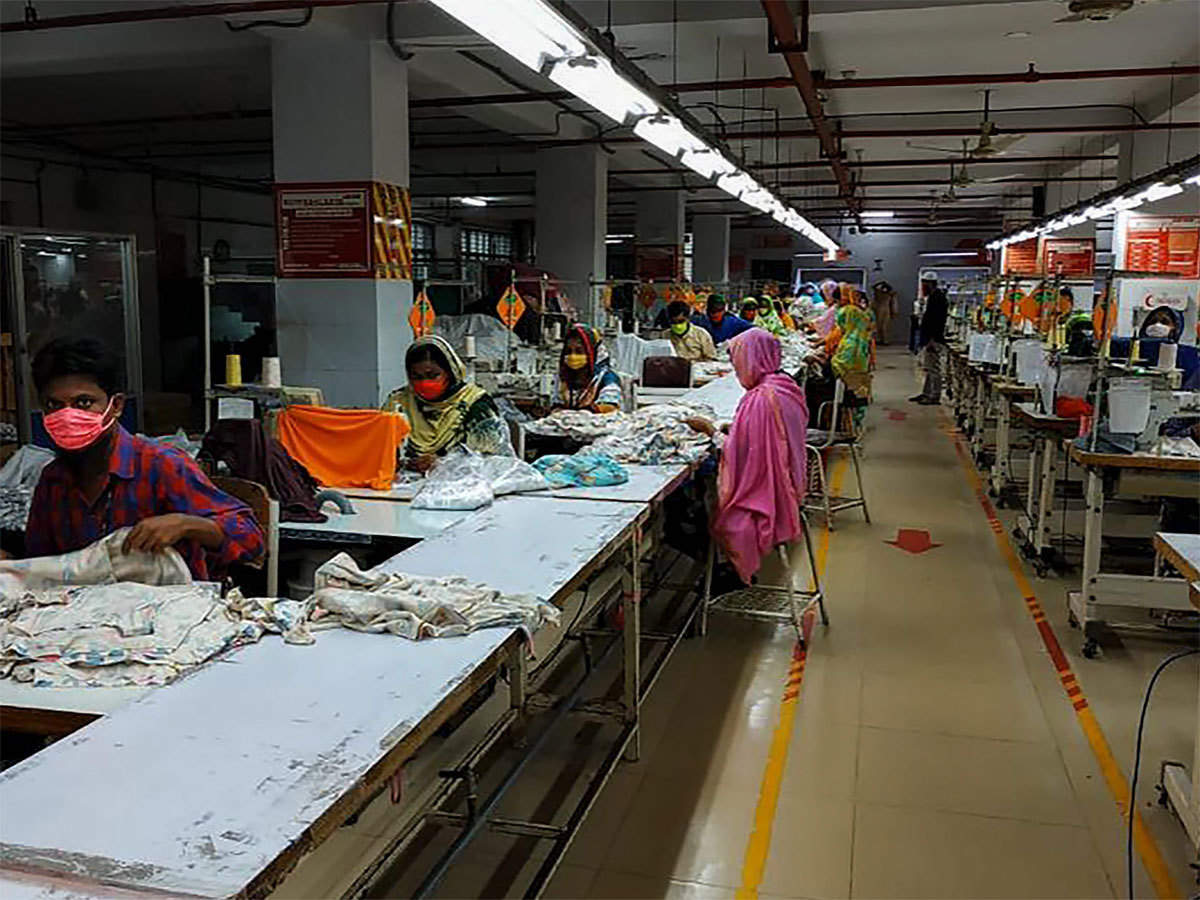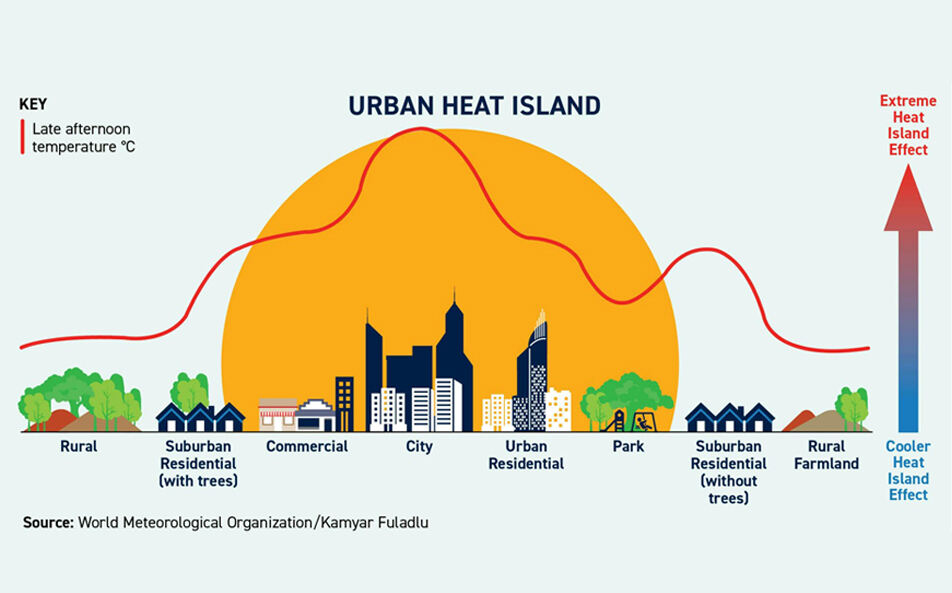
The United Indian

India's textile industry boasts a rich heritage and plays a pivotal role in the country's economy. However, this success story comes at a hidden cost: a colossal textile waste problem. From discarded clothes and fabric scraps to unsold inventory, the industry generates mountains of waste annually, posing significant environmental and social challenges. This article delves into the complexities of textile waste in India, exploring its causes, consequences, and potential solutions.
The Looming Problem Of Textile Waste in India
India's textile industry discards a staggering amount of waste. A 2020 report estimated that the country generates over 1.5 million tonnes of textile waste annually. This figure is projected to rise further with increasing consumption and fast fashion trends. This waste primarily comprises:
- Pre-consumer waste: Fabric scraps, yarn leftovers, and damaged materials generated during production.
- Post-consumer waste: Discarded clothing, footwear, and other textile products reaching their end-of-life.
The Root Causes
Several factors contribute to this staggering textile industry waste generation :
- Fast Fashion: The ever-growing popularity of fast fashion, characterized by low-priced, rapidly changing trends, encourages overconsumption and quick disposal of clothes.
- Linear Economy: The traditional linear economic model, based on a "take-make-dispose" approach, prioritizes production over resource recovery and reuse.
- Lack of Awareness: Consumers often lack awareness about the environmental impact of textile waste and the options available for sustainable disposal and recycling.
- Inadequate Infrastructure: India's infrastructure for textile waste collection, sorting, and recycling is fragmented and underdeveloped, hindering efficient waste management.
Consequences of Textile Waste In India
The environmental impact of textile waste is undeniable. Landfills overflowing with non-biodegradable fabrics strain waste management systems.
The social impact is equally concerning. The informal sector often handles waste collection and processing, exposing workers to hazardous chemicals and unsafe working conditions. Additionally, the textile industry's reliance on cheap labor, particularly in garment manufacturing, can lead to exploitation and unfair working conditions.
Untangling the Knot
Addressing the issue of textile waste in India requires a multi-pronged approach. Here are some potential solutions:
- Promoting sustainable practices: Encouraging the adoption of eco-friendly materials like organic cotton and recycled polyester can significantly reduce the environmental footprint of the industry. Innovative recycling techniques are revolutionizing the way textile waste is managed in India. From advanced machinery to eco-friendly processes, the textile industry is embracing cutting-edge technologies to recycle and repurpose waste materials. Recycling plants across the country are adopting state-of-the-art methods to convert textile waste into usable products, reducing environmental impact while promoting sustainability.
- Eco-friendly Materials: Promote the use of sustainable materials that use less energy, water, and dangerous chemicals than traditional fibers, such as hemp, Tencel, organic cotton, and recycled polyester. With their eco-friendly collections, companies like Reformation, Levis, and Ecowear are already setting the standard.
- Green Manufacturing: To reduce the environmental impact of industrial processes, promote water-efficient dyeing procedures, employ natural dyes, and investigate bio-based finishing chemicals. This is an effective & practical way of textile waste management. For example : The Shakti Mills in Mumbai uses recycled water and organic colors to demonstrate sustainable techniques.
- Durable Design: Promote the idea of creating clothing that is long-lasting and easily repairable to cut down on the need for frequent replacements and to support the trend toward slower fashion. Longevity in clothing is encouraged by programs like Ellen MacArthur Foundation's Make Fashion Circular and The Better Cotton Initiative.
2. Implement Circular Economy Principles
- Recycling & Upcycling: Make investments in the facilities and technology needed to recycle different kinds of textiles, such as chemical and mechanical recycling for the regeneration of premium fibers. For effective textile waste management, we must encourage upcycling projects as well, which turn waste into new items like furniture, insulation, and bags. Upcycling activities in India are facilitated by organizations such as Texvalley and The Circular Design Studio.
- Second-hand Clothing Markets: By extending the life cycle of clothes and keeping it out of the landfill, promote the expansion of organized second-hand clothing markets with the help of websites like Zomato Pre-owned and ThriftShop.in.
- Take-Back Schemes: In order to create a closed-loop system, encourage manufacturers to introduce take-back programs where customers can return used clothing for recycling or upcycling. Take-back programs have been successfully adopted worldwide by H&M and Marks & Spencer.
3. Enforce Extended Producer Responsibility (EPR)
Enact laws holding manufacturers accountable for the financial management of their products' end-of-life. This encourages take-back programs, investments in recycling infrastructure, and sustainable design. Change may be sparked by India's EPR policy draft 2020.
Promote Eco-Modulation: Include environmental costs in the price of products, promoting sustainable options and discouraging the use of materials that are hazardous to the environment.
4. Educate Consumers
- Raise Awareness: Reducing textile waste In India also requires launching extensive consumer awareness efforts regarding the negative effects fast fashion and textile waste have on the environment and society. To reach a larger audience, use influencer marketing, social media, and educational institutions. Campaigns like Fashion Revolution and the documentary "The True Cost" increase awareness throughout the world.
- Promote Responsible Consumption: Encourage Responsible Consumption by recommending fewer clothing purchases, prioritizing quality over quantity, selecting eco-friendly companies, and embracing pre-owned possibilities.
- Support Consumer Rights: Promote labelling systems that enable consumers to make informed choices by openly disclosing the materials, place of origin, and options for ending a garment's life.
5. Leverage Technological Innovation:
- Bio-based Recycling: Its crucial to invest in research and development in bio-based recycling technologies to significantly textile industry waste. Such technologies break down complex synthetic fibers using enzymes or microorganisms, making even hard-to-recycle materials circular. Businesses like Novoloop and Worn Again Technologies are leading the way in this field.
- Artificial Intelligence (AI): Make use of AI to identify materials and perform automated sorting to make recycling mixed-fiber trash more precise and efficient. Recyclebot and Ai.Textile are two instances of AI-powered sorting programs.
- Blockchain Technology: To encourage transparency and ethical sourcing, use blockchain-based traceability technologies to follow a garment's journey from the point of origin to the end of its useful life. Blockchain technology is utilized by the Fashion Transparency Index to monitor clothing in the supply chain.
6. Foster Collaboration
- Multi-stakeholder Partnerships: To handle textile waste in India, we require coordinated research, policy formulation, infrastructure development, and awareness campaigns. This can be achieved by bringing together government, business, NGOs, educational institutions, and waste management firms. Collaboration within the sector is encouraged by programs such as the Textile Exchange and the Sustainable Apparel Coalition.
- Knowledge Sharing: To equip stakeholders with the most up-to-date information and optimal techniques in sustainable textile management, it is recommended to establish platforms and training programs for knowledge sharing. Educational materials and training on circular economy ideas are offered by the Circular Economy Learning Collaborative.
Setting Examples of Change
There is already evidence of the possibility of an Indian textile industry that is more sustainable thanks to a number of initiatives:
- Textile Exchange: This international nonprofit organization collaborates with industry participants to apply sustainable practices along the whole textile supply chain.
- Elumenos Esparto: This nonprofit company turns used plastic bottles into luxurious yarn and textiles.
- Charitra Clothing: This company makes ethical and sustainable apparel using fair trade methods and organic cotton.
- The Indian Hemp Association: This group encourages the development of textiles from hemp, an environmentally beneficial and quickly growing fibre.
The Way Forward
The problem of textile waste in India calls for a multifaceted solution. India can make its textile sector a global leader in social and environmental responsibility by adopting circularity, encouraging sustainable production, educating consumers, building infrastructure, and encouraging innovation. In addition to safeguarding the environment, this shift will strengthen communities, open up new business opportunities, reduce textile industry waste and guarantee a more sustainable future for both the textile industry and the country as a whole.
Read more in Environment
May 27, 2025
TUI Staff
May 27, 2025
TUI Staff

Stay Tuned with The United Indian!
Our news blog is dedicated to sharing valuable and pertinent content for Indian citizens. Our blog news covering a wide range of categories including technology, environment, government & economy ensures that you stay informed about the topics that matter most. Follow The United Indian to never miss out on the latest trending news in India.
©The United Indian 2024






